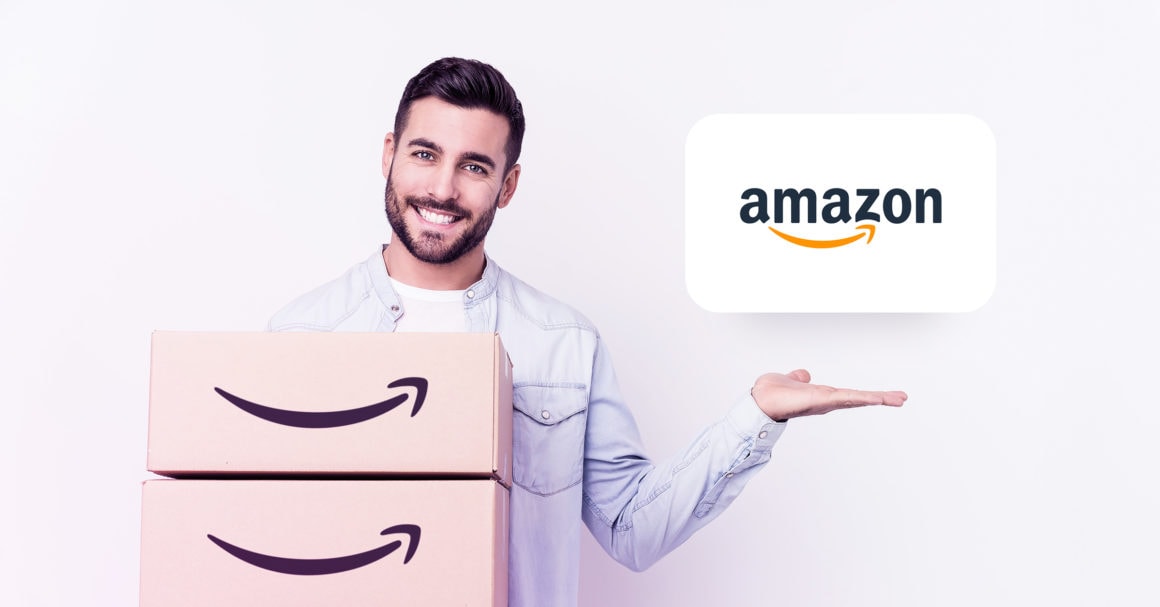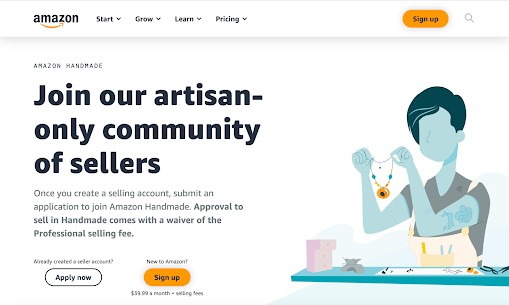So you’ve decided to make a go at selling stuff online, and you’ve gotten to the point of typing “what to sell on amazon” into Google.
You’re in the right place – but just know, we’ve got plenty of work ahead of us. 🚀
Selecting a product to sell on Amazon is just one of a series of steps. First, you’ve got to have a business model in mind. Then, be aware of all your costs and logistics and be registered on Amazon as a seller. After this you can choose what to sell on Amazon.
No banner with provided ID foundAmazon has lots of pros but a handful of cons as well. Amazon is not necessarily the cheapest platform for sellers (think shipping, handling, and other fees compounded with intense competition to slash your prices to the minimum) – but it certainly boasts the largest audience out there and an extremely conversion-friendly platform. With over 300 million active customers from every corner of the world, you won’t find a more global and easily accessible market out there like Amazon. Obviously, the enormous advantages that Amazon offers comes at a cost.
But to sell something, you’re also going to have to know how to sell it. Which is where most of your losses and gains can come from.
You probably don’t even know how many options you have on how to sell and what to sell on Amazon. More than you think! Take a read to make sure you know every angle of Amazon selling possible.
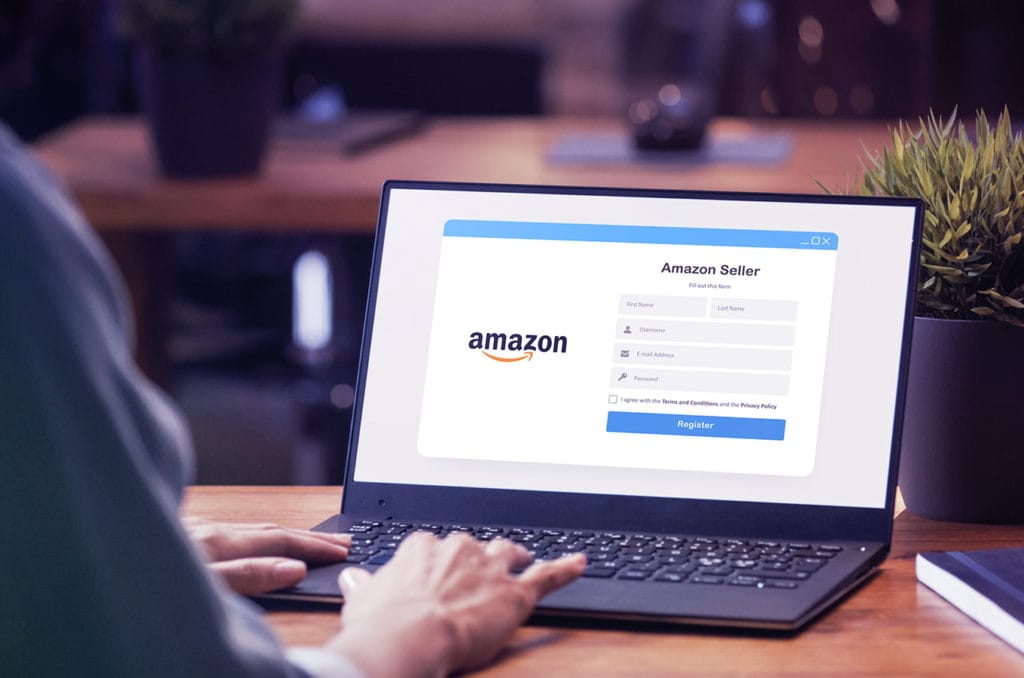
Selling on Amazon in 2023
If you are wondering if 2023 isn’t too late to join the biggest ecommerce marketplace on the planet, let me assure you: it is not. In fact, it is better than ever. Amazon’s overall profits rise but more importantly, the percentage of profits generated by third-party sellers (you) increases year by year. Amazon’s reliance of other sellers is good news for you as it is testimony of the effectiveness of this way of earning money.
Beginner Guide: Selling on Amazon
One of the first steps of this process is getting registered as a seller on Amazon. Or at least knowing what you need.
Registration and Getting Started: what to sell on Amazon
Registering as a seller on Amazon is pretty straightforward, which is another factor that makes it attractive. Just make sure you have everything you need.
The basic pieces of information needed to make an Amazon Seller central account:
- Bank account number and bank routing number
- Chargeable credit card
- Government issued national ID
- Tax information
- Phone number
Amazon Seller Plans
Amazon has two basic selling plans:
Individual and Professional Plan.
Individual costs you $0.99 per sale.
The Professional Plan costs $39.99 per month.
The Individual Plan is a fee for each item you sell while the Professional Plan works as a monthly subscription.
The difference is pretty basic –– if you’re selling more than 40 items per month, the Professional Plan is probably more economical for you. It also provides you with more advanced reporting and tracking functions.
Though you can cancel whenever you like, the Individual plan is probably a safer bet if you’re really just looking to get your feet wet in the Amazon ecommerce field.
Costs of selling on Amazon
Here’s where the cons come. Granted, any business plan has its costs. However, Amazon tends to be on the more expensive side for sellers and resellers compared to other online retailers. Obviously, the list of Amazon advantages is quite strong. Thus, they have the power to charge sellers the amounts that they do.
Make sure you thoroughly examine the costs of selling before you get started. Oftentimes these are what really cut into your profits. Even preventing you from making meaningful money or anything at all.
- Subscription fees: what you pay for your Seller plan
- Selling fees: charged per item sold
- Referral fees (amount depends on product category and is a percentage of the item’s price)
- Closing fees (only apply to media product categories)
- Shipping fees: Amazon shipping rates that you charge for shipping items yourself
- FBA fees: (Fulfillment by Amazon) charges for fulfillment, storage, and other services that Amazon completes for you
Listing a Product
Listing a product means publishing it on the Amazon marketplace. This step is more important than you’d think… Depending on how thoroughly, efficiently, and accurately you describe and portray your product in the listing, it can impact how it performs in the marketplace. Because after choosing what to sell on Amazon, you have to make it available to users.
Essentially, the golden rule is to make a quality description: clear images, concise descriptions, accurate titles. Of course, all this while squeezing in a few keywords to help draw an audience.
Below we have a product listing for a super cute octopus toy for reference. 🐙
- Product ID: can be a Global Trade Item Number (GTIN), such as a UPC, an ISBN, or an EAN. This is used by Amazon to identify your product. If you match an existing listing in Amazon, then you don’t need a product ID.
- SKU (Stock Keeping Unit)
- Product title: maximum 200 characters
- Description and bullet points: include variations of that product (ie various colors, sizes, etc that it comes in)
- Product images: must be at least 500×500 pixels, set on a white background, and your product must fill at least 80% of the image
- Search terms and relevant keywords: as I’ve mentioned, and as Amazon emphasizes, your descriptions should be concise… so you’ve really got to find a balance between fitting enough keywords and keeping it short
Delivery, Fulfillment and Shipping costs
In Amazon, you can choose “Fulfillment by Seller”. They have two separate pricing plans for this based on whether you’re on the Individual or Professional Plan.
For the Individual plan, you must use Amazon’s set shipping rate for every product. Even if the shipping costs are more for you than what Amazon states. So keep that in mind when pricing.
On the Professional plan, you can set your own shipping rates, except for in some select categories: books, music, video and DVD.
After Amazon charges you the shipping rates that you have either set or selected based on your product’s category and shipping service, the shipping rate amount is given back to you as a shipping credit.
Remember that the referral fee (which we previously mentioned) is taken from the total cost. So, including shipping and packaging charges.
About Amazon FBA
By participating in Amazon FBA (Fulfillment by Amazon), they will do the “storing, packing, and shipping orders as well as handling returns and exchanges”. Essentially, you just choose what to sell on Amazon and the rest is taken care of. Ok it’s not that easy but it’s a huge load off your business. All you have to do is send your products to an Amazon fulfillment center.
This of course comes with its own costs as well. Depending on the size of your items, it will cost from $2.16 up to around $6.00 (or more if it’s oversized). And don’t forget about shipping to the fulfillment center.
How to sell on Amazon – Top Methods
There are plenty of ways to sell stuff on Amazon. You can buy it and resell, make stuff and sell that, or, in a slightly different model, promote existing products on the marketplace for a commission. Below we have the top methods of selling stuff on Amazon for you to make money.
Make it:
This is the DIY, crafty section. But hey, you don’t have to be a bored housewife or artsy hippie to sell handmade things online. If you’re looking to build up your own brand for some kind of product you’ve envisioned and can make yourself, then Amazon Handmade could be the way to go.
Typically you’d think of Etsy first for stuff like this. However, Amazon has an enormous platform for handmade goods as well. Becoming an “Amazon Maker” is a bit harder than on Etsy due to more stringent criteria, but that also means less competition. On the other hand, selling handmade goods on Amazon is generally more expensive compared to Etsy.
Amazon Handmade
To become an Amazon artisan, you first need to complete your Amazon seller account which is outlined above. Then you can apply to be on Amazon Handmade.
What are those criteria that make Amazon Handmade so much more selective than Etsy?
Well, for starters, you need to upload a bunch of photos: of your product, of your workspace, and of the artisan process of creating your product. Your company cannot have more than 20 employees. And your product can’t be mass-produced or from a different artisan.
Amazon takes a 15% referral fee on the total sales price, including shipping for each purchase. Which, compared to other platforms, is pricey.
Here are the main categories of handmade products available on Amazon. You can choose from these for what to sell on Amazon.
Buy and sell:
This is probably more the category you were looking for I assume 😉
Reselling is less labor intensive than making artisan products, and you’ve got a lot more room for maneuver.
Plus, if you’re just looking to get your feet wet in the ecommerce industry then this is it. Most of these approaches don’t require enormous investments nor an established online presence.
They’re kinda-sorta listed in order of investment required (with regard to time and money). So keep that in mind.
Retail Arbitrage
The concept is pretty simple: buy a lot of retail goods from a brick and mortar store that are on sale and then sell them for just under/ around their retail place online, more specifically, on Amazon. To reiterate: buy stuff cheaply on sale in a store, sell it online for more. 🛍
This is a relatively easier and lower-risk venture compared to those that follow. You most likely won’t be buying up huge sums of discounted retail goods… Stores don’t stock that much or there is an upper-limit to how much you can buy. Thus, you won’t be investing as much money.
It’s a generally good way to test the waters of how to sell on Amazon, how their platform works, and trying out their FBA program.
But if you’re looking to establish a more long-term business then you’re not in the right place. Retail arbitrage is all about taking advantage when the opportunity strikes. Things go on sale at different points in the year, you never know what exactly you’ll get a hold of. You always have to be on the lookout for trends. But don’t get caught with a pile boogie boards at the end of August. 😉 Because even if they were trending, you may get caught on the downswing and not be able to sell your entire stock.
Since you can never be sure what kind of products you’ll acquire, you can’t really build up a solid profile for your online shop, nor can you have a sustainable and scalable business model.
Plus, you risk getting flagged or banned for reselling certain brands – especially on Amazon. They seem to be getting stricter with retail arbitrage so it might not be the best option.
Another unstable aspect is that you’ll never know how much you’ll be making. You’re usually going to be working with big brands. Therefore, you’ll have a lot of competition which means cutting selling prices to the bone.
Though retail arbitrage certainly isn’t an ecommerce model that’s reliable and buildable, it’s a great way to test out how this whole thing works with minimal investment and risk.
Wholesale / Direct Source
Wholesale selling products on Amazon is the next step up from retail arbitrage. Here you are also selling branded products, ie stuff that you did not produce and package. However, you’re negotiating and purchasing straight from the manufacturer (or wholesaler). Also known as direct sourcing. 🏭
This model is pretty much just as easy to jump into as retail arbitrage. But, it does take a little more investment since you have to buy in bulk. You also may have to consider storage if you’re not using FBA. Selling branded products also means more competition (multiple sellers on Amazon for that same exact product) – but at the same time, minimal marketing involved.
As an advantage, wholesale is definitely more scalable, reliable and long-term. If you’re dealing with the source, you can organize your time and resources in a consistent way while sticking to a particular niche. It offers you a relatively easy start to a more sustainable business venture that you can eventually diversify. You also have more freedom in choosing what to sell on Amazon.
Private Label Products Sourcing
There are manufacturers out there that simply make goods for other companies to put their label on. This is your opportunity to determine what kind of product you want, purchase it in bulk, put your label and brand on it, and sell it as your own. 🏷️
Because at this point it is your own. On this portion of our list, Private label products are the only opportunity to establish your own brand for your shop (aside from Handmade). Embarking on this venture however may demand a little more experience in the ecommerce world… or at least strong familiarity with a certain niche that you know you want to be situated in with a certain product.
A big advantage is not just control over your own brand, but also more control over the product. In ordering from the manufacturer you have more of a say in what goes into it and how it looks. Or you have the option to find a manufacturer that will best satisfy your needs.
One disadvantage is this dependency on the manufacturer. They play a very large role in the brand you build (which you should plan for the long term). So, make sure to find a reliable and efficient supplier.
Another drawback is the fact that you are a fresh, new private label. It will take a lot longer to build up brand-recognition or any type of customer following when compared to a big established brand. This can certainly have an impact on sales in the beginning, but as I mentioned, this business model is definitely for those who have the time, money, and motivation to stick with it for a while.
On demand:
The difference between the next few business models and the previous ones (handmade and reselling) is you don’t have to deal with any storage. Or really any physical products at all. This means you forgo a big cost of storage and handling. Also, because you’re sending out products as they sell, you don’t need a large investment amount to start out with. Starting out an ecommerce shop in this business model requires minimal startup costs.
What you do still have to deal with is customer service because you’re still the one accountable for the buying process. And you’ll have to handle returns. So, unless your product is 100% perfect, you will still have to deal with it when customers send you returns.
Dropshipping
Dropshipping is a pretty popular business model that has emerged throughout the past years. We even wrote a more in-depth article about dropshipping not too long ago.
Dropshipping is when a customer orders something (let’s say off Amazon), and the person / seller / you who listed this product, ie. the “dropshipper” then makes an order of this product straight from the manufacturer to the customer. Thereby, the dropshipper (usually) never actually handles the product. This is the biggest benefit. 🚚
But, at the same time, you have very little control over the quality of your product and its packaging. If you are trying to build up a long-term brand or relationship with your customers this can pose a challenge. Also, the earnings from this business model yield relatively low margins when accounting for Amazon’s fees and charges along with the huge amount of competition for most products.
Dropshipping has become a pretty established business model, so the majority of products that you can sell on Amazon will have other dropshipping sellers competing for the customer, thus pushing down prices.
Custom Print on Demand
When a customer makes an order, you (the seller) have it printed / manufactured according to their preferences. Depending on the manufacturer and what shipping system you go with, the product is then sent to the customer (or you to package and ship).
Typically, the custom print on demand business model works for products that you can print a relatively simple design onto such as clothing (think t-shirts, hoodies, shorts etc.), stationary, notebooks, folders, mugs, towels, phone covers, art, and various other accessories. 🎨
Depending on the print on demand service you go with, you may or may not be responsible for the shipping and handling process to customers which can make or break your earnings or the effectiveness of your ecommerce model.
If you have a knack for art or a creative mind, this could definitely be a great business model for you and a huge potential for your brand. But you definitely don’t need to be the next Picasso to make it with printing products. As long as you have a decent idea or concept for your products, you can always outsource the designing part on freelance platforms like Fiverr or Upwork.
Compared to dropshipping, this model is a little harder to get into because it requires a much stronger commitment and a more in-depth plan. Yet like most other categories that are more selective, there is less competition. Oftentimes dropshipping products are congested with competitors – custom printing not so much. Of course, like I said, you’ll be best off if you have some kind of unique, special product or design to offer.
Make commissions:
So far, we’ve discussed how to sell on Amazon. And though selling products on Amazon can be pretty profitable, it will always require a decent amount of investment and headache related to your logistics. Basically, no matter what, you’ll still need to deal with customer service to some extent, along with the costs of shipping, handling, and Amazon fees.
My strongest alternative (if some of the aforementioned ecommerce models are daunting or just too much work for you right now) is affiliate marketing. Of course, here at Voluum that’s our speciality so we couldn’t go write an article without mentioning it 😉
Affiliate marketing is when you promote the products that other people are selling online through digital marketing. Every time a customer then purchases the product that you are promoting (let’s say over social media, your blog, in email, or through paid ad campaigns), then you get a commission.
Compared to the more traditional ecommerce models, affiliate marketing requires minimal investment, zero shipping and handling fees, and most attractively, no customer service at all. You’ll never have a deal with a physical product at all because that part of the buying process is done by the sellers and manufacturers. All you have to do is market those things online. 🌈
One drawback is you can’t build up your own product, if that’s what you had in mind. However, you do have the option to establish a kind of brand or niche through your marketing efforts.
No banner with provided ID foundAffiliate marketing: Amazon Associates
The convenient part is that Amazon has its own affiliate marketing program all set and ready to go: Amazon Associates. It’s pretty simple to get signed up. I’ve even documented exactly how to get registered and going on Amazon Associates.
Being an affiliate marketer for Amazon is a good way to try out the industry. Because, while you technically are “selling” something online, you’ll never actually have to handle or manage any of the parts of the buying process that you’re used to seeing.
An Amazon Associate has the opportunity to market essentially any product available on the internet (since almost everything online is on Amazon 😏 ) which is another good way to find your online niche.
One big drawback of the Amazon Associates program is their low commission rates. But, it’s a good and super easy place to get started in affiliate marketing. Since there are sooo many other networks out there, you can always join other affiliate programs that have much higher payouts. Check out our listing of the best affiliate programs out there to get an idea of your options here.
One of the most important parts of digital marketing is making sure you know where your money is going. If you’re running paid campaigns to promote products, you’ll want to know every view, click, and conversion you get. The only way to stay on top of things and be able track, optimize and eventually automate your campaigns is with a premium tracker like Voluum.
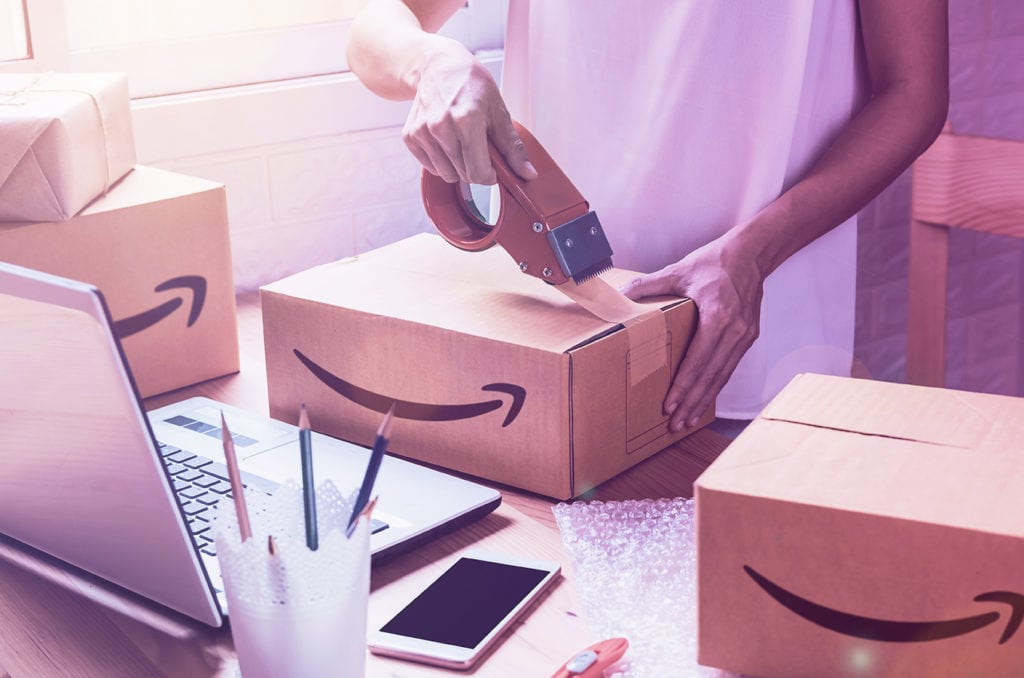
Where to find a product to sell on Amazon
Now that you’ve hopefully come to a decision on how you want to sell on Amazon, it’s time to decide what to sell on Amazon. But, before you pull up your Amazon account and point to the last thing you ordered or the top result on the Amazon Best Sellers list, try out some of these methods below to find a product.
Amazon Best Sellers List
The Amazon Best Sellers list is a great place to start. 🏆
In the best sellers list, the top 100 products in each given category (and subcategory) are listed. Below we’ve got a sampling from the top baby products from the 4th of July at 8 pm. The list is updated hourly so you can count on some pretty up-to-date results.
Here you’ll see items that are either very trendy or basic necessities. Also, a lot of big, trusted and established brands are going to be on this list. For the top Baby products, you exclusively have big brands and basic necessities.
But if we get more specific, to “Activity & Entertainment” and then “Baby Gyms & Playmats” you’ll find a slew of toys and items that are not as competitive.

Movers and Shakers List
The Movers and Shakers list is the next best place to look.
Below we have a sample from this list. These more so reflect trending items as they are the “biggest gainers in sales rank over the past 24 hours”.
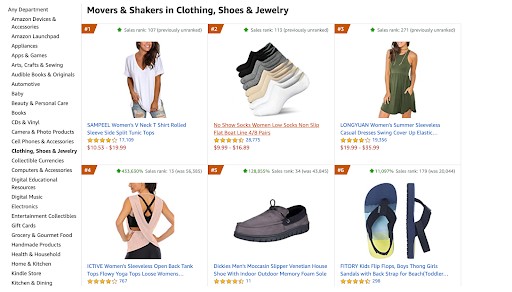
What you’ll have to watch out for, especially in the Movers and Shakers category: not stocking up or investing in an item that is on the “downswing” – ie, was trending but no longer will be within a few days.
Along the same lines, make sure there is a decent variety of brands present in the top results of a subcategory. If only three big brands dominate the best seller or mover and shaker listings, then that probably means the market isn’t very receptive to new brands or smaller labels.
This doesn’t mean your product has to be the best new baby diaper 2.0, superior to Pampers in every which way. Rather, in one niche aspect it should excel; it could be cheaper, more absorbent, more organic, come in a wider variety of sizes or styles.
One more strategy: look at the top sellers, and in categories such as electronics, appliances, clothing and more, brainstorm related products or accessories. If you know a certain item has a very strong position, then a smaller (and likely cheaper) product also has potential.
Importance of Reviews + Ratings
But how to find that room for improvement? Let’s say you’ve zeroed in on a vertical and product you’d like to promote or sell, where can you improve?
One of the best ways is reading reviews. Reviews hide a treasure trove of suggestions, shortcomings, and other intriguing details (usually about the product, but sometimes about the customers personal life as well 😄 ) So, reviews are a great way to find out where there’s a need for an alternative.
👶 Here’s a review for a baby mat that has multiple suggestions for a better product:
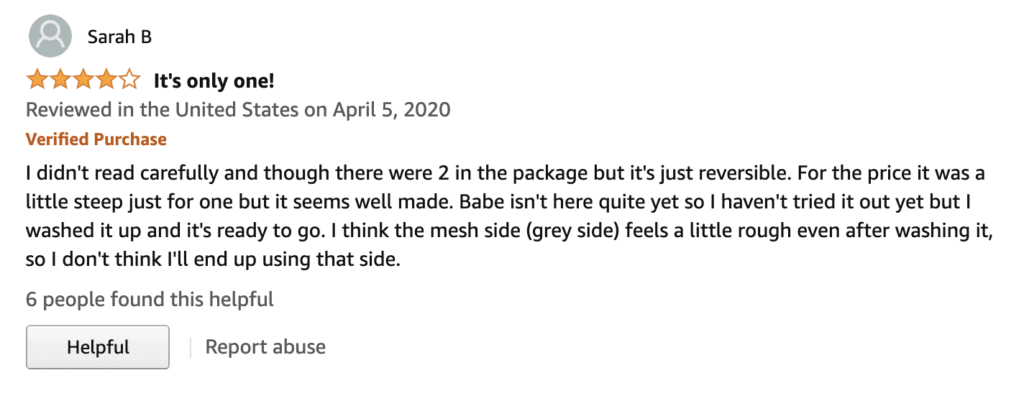
Something else reviews, along with ratings reveal: the popularity or trendiness of a product. One way to tell if something is on an upswing or downswing is to track the dates of reviews and ratings. Just because something has 2,000 reviews, doesn’t mean it’s all the rage right now. If you hunted for products based on just this you might end up with a stockpile of fidget spinners.
The number of reviews and ratings is also of course a decent indicator of sales in general. With a little math, it can provide a more concrete number of sales than just being on the Best Sellers list. Generally, the rule is, 10-15% of customers leave feedback. You can do the math. 🧮
Most profitable categories on Amazon
There are a few product categories that are especially profitable on Amazon:
- Books: Interestingly enough, books can be a pretty profitable niche. That’s because you can turn a high profit by finding books for a dollar or less in brick and mortar stores and then resell them for “much” more online.
- Electronics & Accessories: One of the biggest bonuses in this category is the lower Amazon fee (8%). With new devices coming out all the time, you have a huge variety of electronic goods to sell. Plus, a lot of customers turn to Amazon for their electronics.
- Clothing & Accessories: Here too you can turn a high profit pretty easily. Most of the private label and print on demand products are centered around clothing and accessories because they’re easy and cheap to manufacture and personalize.
- Babies: Parents are more willing to spend money on their babies. Also, babies grow quickly so they will regularly need bigger sizes. This category is not only profitable, but reliable. Another profitable category connected to this one is Toys & Games for similar reasons.
- Pet supplies: Another area where people are willing to spend: their animal babies. There’s a myriad of pet supplies and accessories that aren’t that hard or expensive to manufacture.
Remember your business goals
Before we move onto describing the actual physical product you should sell, I’m going to emphasize one more time the importance of your personal business goals. I’ve listed a ton of different business models on how and what to sell on Amazon. However, you’re going to be doing the dirty work. So make sure you go with a method and product that you have the experience, capacity, funds and interest to handle.
If you want to plan for the long term, make sure to really think about the niche you get into. If you haven’t given this any thought or are at a loss for options, check out this listing of the top Niches and Verticals. Pick a product that you are somewhat interested in and familiar with so that you don’t get sick of it and can market it with actual insider knowledge and some passion.
Plus, if you eventually want to expand your business ventures to sell more than just one product, it’s much easier if you stick with the same niche. This way you can utilize your existing customers, following, and marketing materials.
Another way you may expand your business model is not just with more products but also more selling models. Since affiliate marketing is such an easy addition, you should always keep it in the back of your mind. And with affiliate marketing comes a tracker like Voluum to help stay on top of every part of your advertising campaigns to be able to continually optimize them and eventually automate them.
One last thing to consider about the long term aspect – if you’ll establish your own brand or be reselling an established brand. Establishing your own brand is going to take a lot more time and effort, but in the long run you’ll have much more control over the buying, selling and even manufacturing process. If you want to resell an existing product or brand, you’ll be more limited, but you also don’t have to think about marketing or promotion half as much. And it’s a lower upfront cost overall.
But this also all depends on the business model that’s most attractive and convenient for your lifestyle. 💼
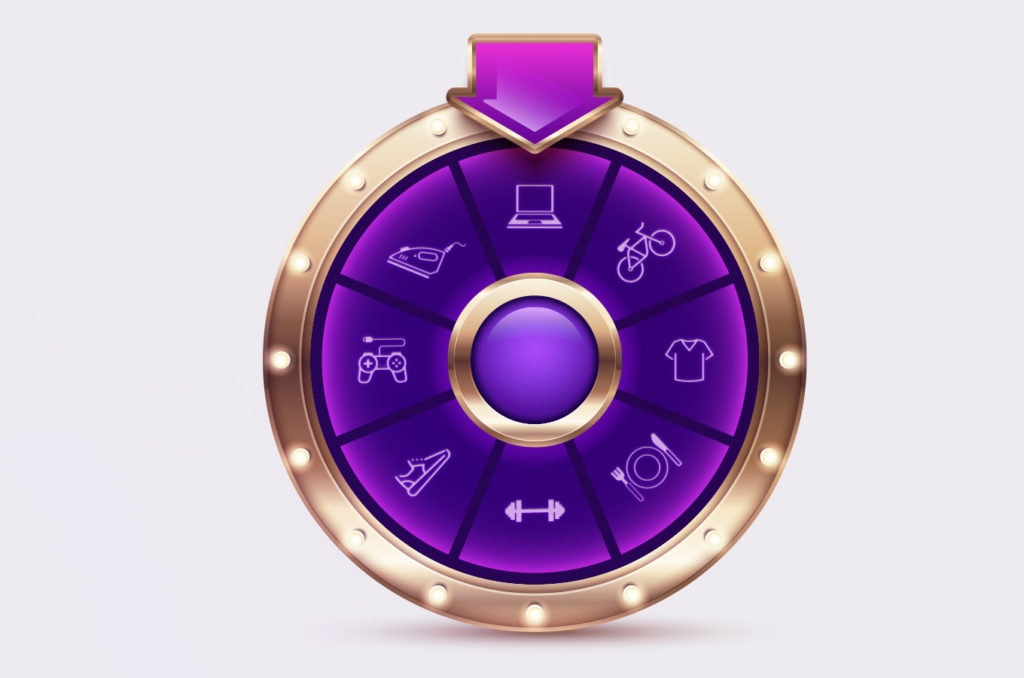
What to sell on Amazon
Stay with me here. I know this is the third section titled how to / what to on Amazon blabla, but it’s important to follow the process. 🪜
The following points outline what concrete characteristics your product should have. You know how to sell it, where you can find it, and after this, you’ll know what it should look and feel like. 😉
Selling price range
Generally, it’s best to choose a product that will retail between $15 to $50. Firstly because this is enough to turn a profit on Amazon. Of course, if you’re willing to go lower to beat out the competition but take losses for a while, that’s a valid strategy too. The problem is, this isn’t profitable in the beginning and doesn’t guarantee a stronger following or higher search results.
The upper limit of $50 is there to ensure your product is within the impulse or casual buy range. If it costs more, oftentimes buyers will take a second look, think about it longer, maybe even do some product comparison research online. Thereby drastically dropping your sales.
Size and sturdiness
Ideally, you want your product to fit into a shoebox. This size is going to save you a boatload in shipping costs. Plus, if you’re going with a model that requires storage, smaller things are going to be a lot easier to house and package. 🛥
Also, you’ll want to go with something that is relatively sturdy and lasting. In other words, no perishables or breakables. You’re not going to want to lose profits with expired or damaged goods that often you have no control over.
Consistent demand vs Trending items
I’ve mentioned this a few times, but I’ll say it again: everything depends on how you sell on Amazon.
If you are going with a long-term plan like private label products or Amazon Handmade, find a product that is useful all year long. Don’t get stuck with a truckful of New Year’s decorations on January 3rd. 🥳 😥
Of course, if you have a business model that is based on high turnover and / or no stockpiling – such as dropshipping, affiliate marketing, or retail arbitrage – then selling products that are seasonal can work. Granted, when you first start out, it may make your learning curve easier if you sell an evergreen product so you have more time to work things out.
Beware of Amazon products
Don’t try to compete with Amazon brands or products. Sales for these products take precedence no matter what you do… Differentiate your product from theirs.
What you can do is look for accessories for Amazon products. And this is another opportunity to find what to sell on Amazon. If Amazon doesn’t produce a certain kind of converter for Alexa, then sell one. Especially because selling Alexas is one of their priorities. And if you can support an Amazon product, then your efforts are boosted.
Here are some of the major Amazon brands to look out for:
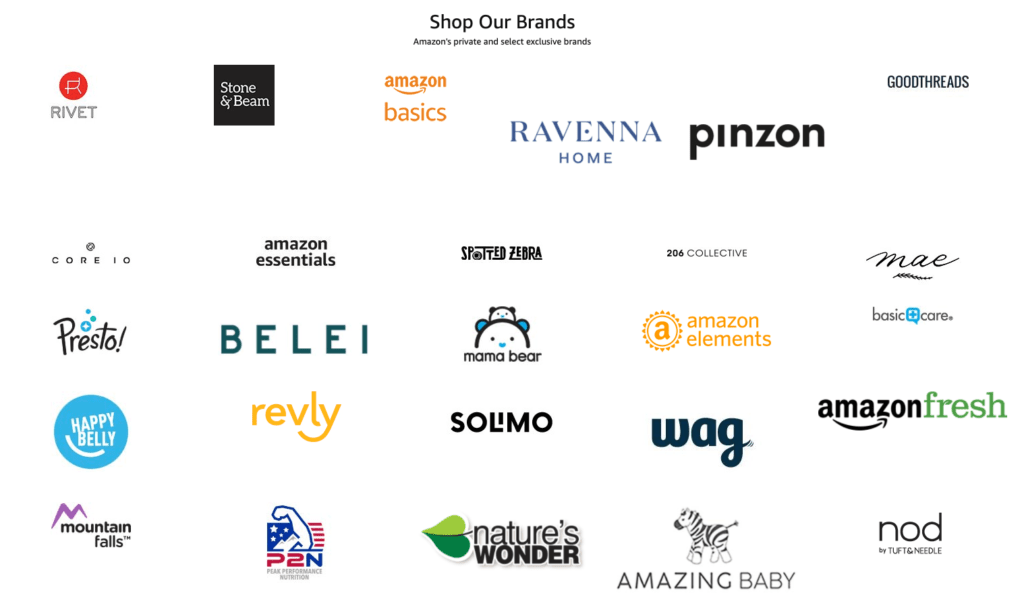
Keep an eye out for competition
A slight reiteration of what I’ve said before, but: don’t compete with big brands and don’t compete with Amazon signature products. Look for categories dominated by small businesses for an equal playing ground – after all, that’s what you will be, or already are anyways.
What is important though, some competition is healthy. There might be a reason why no one’s selling ski goggles in August 😉 Striking the right balance is always tricky, but look for a niche where there are some sellers within your playing field. ⚾
How to master selling on Amazon
There are are few tricks that may help you elevate your Amazon sales, no matter which category or strategy you adopted.
- Socialize and join Amazon Sellers groups on Facebook. Be on the lookout for the newest trends and tips. Such groups often help each other out and, what is equally important, may give you a confidence boost in the times of doubts.
- Track the performance of your campaigns with Voluum. Follow the “you can’t improve what you don’t measure” logic and try to learn as much as you can about people purchasing your products. Voluum is especially useful if you track third-party offers as an affiliate marketer but will also provide you with additional layer of data for any ecommerce business.
- Employ SEO techniques to make yourself more findable. Search engine optimization is not only about Google. Amazon product search is also a search algorithm that you should optimize for. Provide clear and easily readable description with keywords that can be effectively scanned by Amazon’s search bots.
- Use paid traffic to promote your product. You can get visibility by paying for traffic in Google Ads, Facebook or many other ad networks. In order to make it financially sustainable, make sure that you track your campaigns with Voluum to know if you make more money on your products than you spend on promoting them and to squeeze as much performance from your ad dollars as possible.
- Find affiliates. You can choose to rely on affiliates who will do the marketing for you. There are two ways of getting them: passive (wait for affiliates to find your product) and active. The latter approach is about finding relevant pages where products like yours are discussed and then checking if the website already does the affiliate marketing (for example, if it lists Amazon products with referrer links). You can then contact the website owner and strike a deal.
To Amazon & Beyond
There’s a lot on your plate, I know.
But if you’re not excited yet about your impending online business, I’m not sure what else you need! 💪💫
All I can say is, keeping track of performance is key. You’re never going to get anywhere if you’re not on top of every click, conversion, sale and order you make. And how to do that? You have Amazon analytics sure, but for true, in-depth and actionable insight, you’ll need a tracker like Voluum.
So whether you go with Amazon Associates, retail arbitrage, or whatever’s in between, make sure you know exactly how to optimize and improve with a premium tracker like Voluum.

